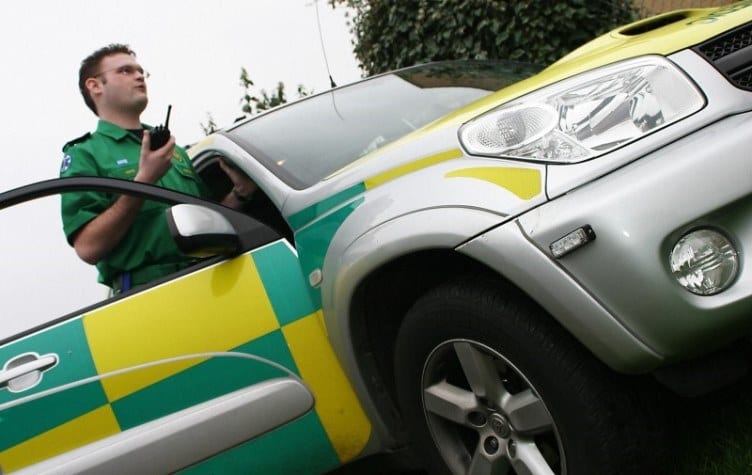New evidence synthesis on effectiveness of different models of delivering urgent care published

A new study ‘What evidence is there on the effectiveness of different models of delivering urgent care? A rapid review‘ was published this month, and included CaHRU’s Viet-Hai Phung as one of the report co-authors. Over the last 15 years, Continue reading New evidence synthesis on effectiveness of different models of delivering urgent care published
